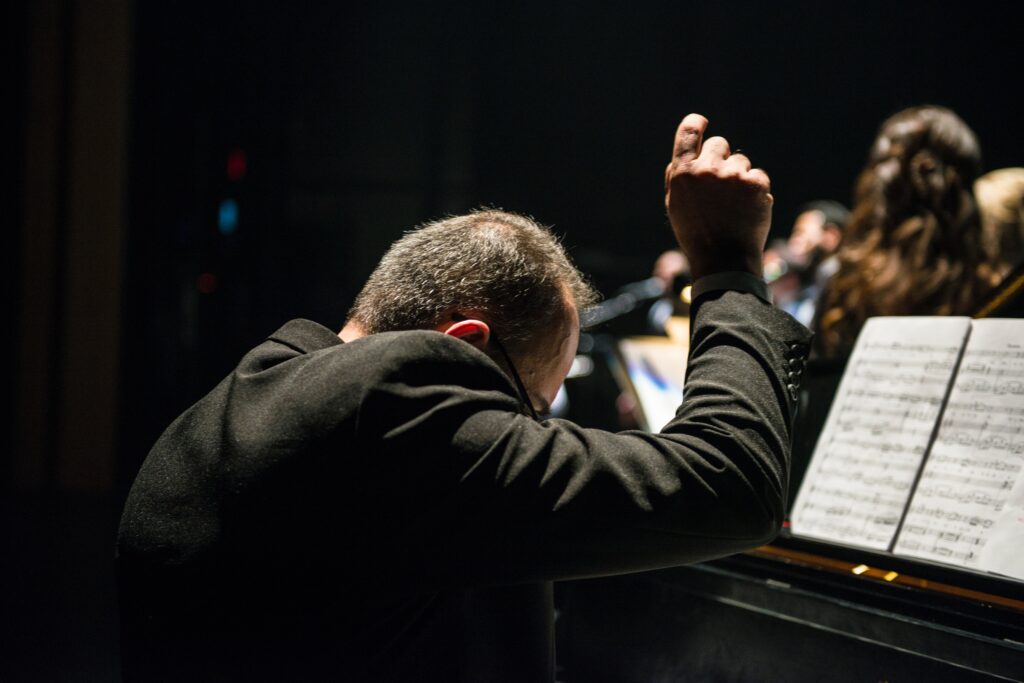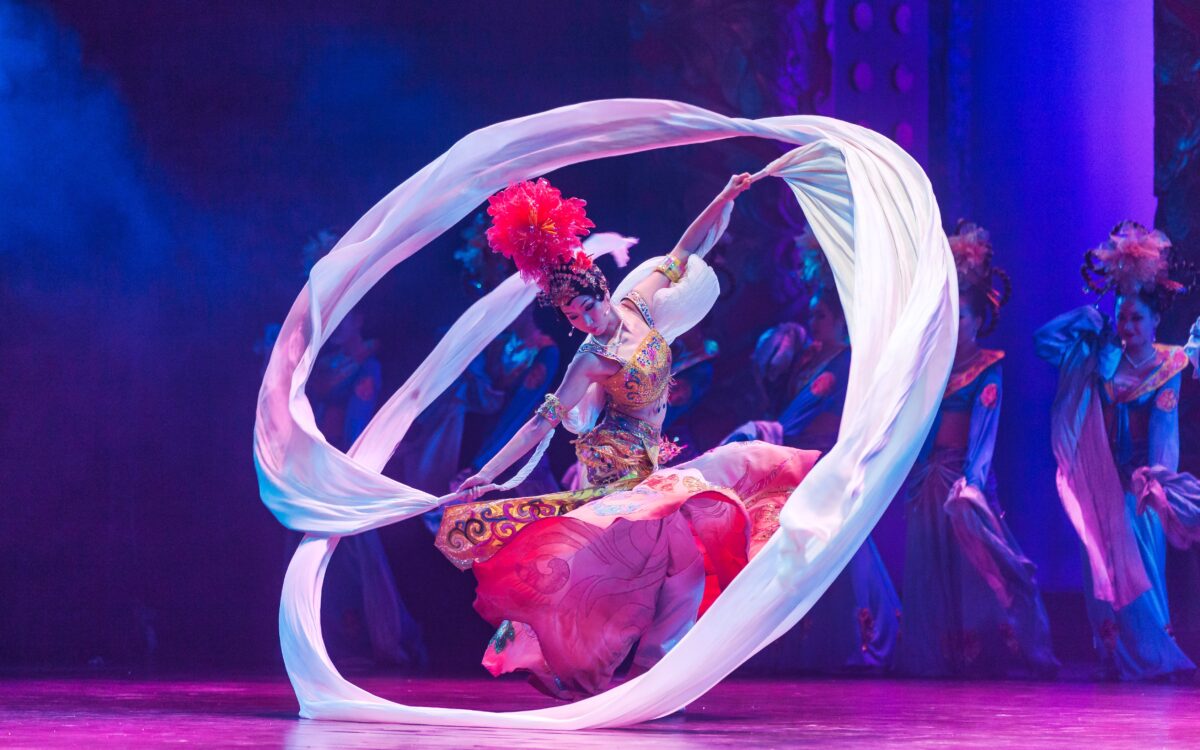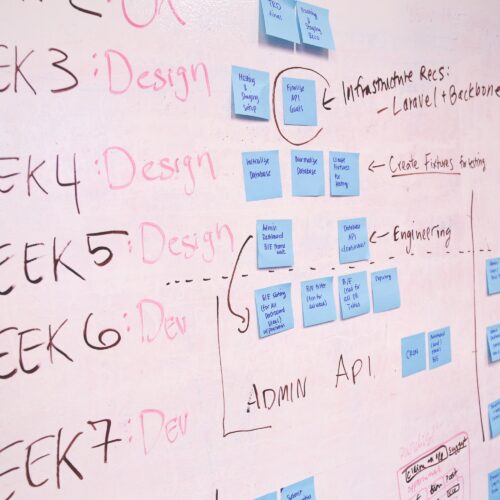There is often drama on stage during opera performances. Lately, there has also been enough drama behind the scenes at Drontheim Opera. For a considerable period, power struggles, organizational disputes, and disagreements over priorities have been prevalent. In recent weeks, this has particularly come to the forefront in connection with the production of a major show, the Fantasy Opera.

Drontheim Opera (DO) is an important cultural institution in Drontheim, a relatively large city with 200,000 inhabitants, featuring a splendid, modern venue and around 100 full-time employees. The repertoire mainly consists of opera and ballet performances. The shows are referred to as productions or projects. They are organized with project management structures, with a producer in the project manager role and a large project team comprising key participants from various functions such as technical (sound, lighting, and stage), music, dance, and some others. These form the core team for the performances (projects), and there are also several other employees who are involved in different parts of the work for periods of time.
The new “Dronten” opera house was completed three years ago, coinciding with the start of the new leader, Dominas Craftesius, as opera director. Typically, the opera has four different productions running in parallel and six to eight productions under preparation and planning at any given time. The opera has a matrix-based organization, where all employees belong to a department, but due to the productions, the employees are continuously engaged in different performances. Employees in costume, stage, sound, lighting, singers, dancers, musicians, workshop staff, etc., belong to different departments and have their line managers. Additionally, each production has its production manager, equivalent to a project manager role.
The combination of the new premises, albeit in a splendid and functional building, and a “latin temperament” opera director, Dominas Craftesius, has influenced the organizational culture at DO recently. This has resulted in a somewhat heavy atmosphere and a lack of energy. During leadership meetings at DO, Craftesius is dominating and not particularly receptive to other opinions. This has taken a toll on the other members of the leadership team, and several of them have been on sick leave for periods. Consequently, the leadership team, in consultation with the HR manager, has convinced Craftesius that the company health service needs to intervene, and they have engaged a consulting firm to examine the situation.
The atmosphere and Craftesius’ leadership style have also affected the various productions. It is as if there is some kind of poison in the walls of this new, magnificent building that creates negativity, says producer Line Dampsen in a conversation with organizational psychologist Martha Trylund from Fusialt Consulting, who was brought in to assist the company health service. Dampsen describes the organization as an accordion for their productions, with a core staff for each production and many others coming in and out. Now, the flexibility, which was once significant and positive for resource sharing across productions, has been greatly reduced. Line managers are focused on their employees and budgets and no longer think as holistically as before.
This is part of the backdrop for the current production being prepared. Fantasy Opera is a grand, prestigious show initiated by Craftesius. It is a production that involves several other actors; it will include quite a few actors from a regional theater (TreoReg) and Dront Museum (DM), where the performance will take place on their outdoor stage. The three organizations (DO, TreoReg, and DM) have jointly applied for and received state funding to carry out the production. These funds are intended to cover all development and preparation costs, while ticket revenue and other income will fund the actual execution of the performance. For this show, referred to as “Project FO”, Craftesius has hired an external chief producer, Carmelina Laurez, who comes from the institution where Craftesius himself worked before moving from Portugal to Drontheim. At DO, Craftesius has rather boldly assumed the role of project owner in “Project FO” and uses his leadership team as the steering committee. Representatives from TreoReg and DM are only part of the project team. Furthermore, Craftesius has created an artistic council (akin to a project council) with representatives from the three organizations and some cultural consultants. The artistic council has had a few meetings where they have mostly been informed of some issues, and those sitting there feel that it serves no purpose. The management of both TreoReg and DM is also frustrated, experiencing little involvement. The project itself, i.e., the production/performance, consists of Laurez and six core team members from various DO departments, a representative each from TreoReg and DM, and numerous individuals coming in and out in connection with different parts of the project. Chief producer Laurez mainly interacts with Craftesius and has created an atmosphere in the project quite similar to the prevailing one at DO, i.e., one of resignation and passivity.
The situation with FO, six months before the planned premiere date, can be summarized as being behind schedule in preparations. There is fear and suspicion among those involved. The many actors from TreoReg are merely told by Laurez what to do. Moreover, DM needs to be more strongly involved since staging a performance at their location poses special challenges.
Organizational psychologist Martha Trylund has been asked to specifically look into this case, i.e., this project. She is not entirely familiar with project organization and how projects function, thus she needs some advice on this. Based on the available information about this case, you should provide some explanatory input.
What type of external organization does the FO project have, and what are the advantages and disadvantages typically associated with such organization?
Prosjekt FO has a form of external organization where Drontheim Opera (DO) has taken on the role of project owner but also involves external actors like TreoReg (a regional theater) and Dront Museum (DM) in the project team. Here are some advantages and disadvantages associated with this type of organization:
Advantages:
- Access to expertise: By engaging external actors, the project can benefit from their specialized skills and experience in their respective areas. TreoReg and DM can contribute their artistic and scenographic expertise, enriching the performance.
- Expanded network: Through collaboration with external actors, the project can leverage their networks and established relationships. This can open doors to potential partners, sponsors, or other resources crucial for project execution.
- Diversity and perspectives: Involvement of external actors can bring in fresh perspectives, ideas, and creativity to the project, stimulating innovation and unique solutions.
Disadvantages:
- Coordination challenges: With multiple involved organizations, there may be challenges in coordinating work, communication, and decision-making processes. This can lead to delays and uncertainties in the project.
- Lack of involvement and engagement: If external actors feel they have little real influence or are not consulted, it may lead to lack of engagement and motivation. This can impact the quality of their contributions and overall collaboration.
- Increased complexity costs: External organization may result in increased complexity costs related to administration, contract management, resource coordination, and resolution of potential conflicts. This can affect the overall project cost framework.
It is essential to note that these advantages and disadvantages will vary depending on the specific context and actors involved. Thorough analysis and clarification of roles, responsibilities, and expectations between the various organizations will be crucial for the success of such external organization.
With DO’s management team as the steering group, Craftesius as the project owner, and a sort of project council in addition to the project team, how do you assess the appropriateness of this organization?
The organization of project FO with DO’s management team as the steering group, Craftesius as the project owner, and a project council in addition to the project team has both advantages and potential challenges. Here is an assessment of the appropriateness of this organization:
Advantages:
- Centralized governance: Having DO’s management team as the steering group can ensure centralized and holistic governance of the project. This can help coordinate decisions, resources, and priorities across the organization.
- Clear project ownership: With Craftesius acting as the project owner, there is a clear responsible person who can ensure that the project’s goals and vision are upheld and communicated to all involved parties. Craftesius can also provide the necessary authority and influence to ensure the project’s success.
- Knowledge and experience sharing: Through a project council with representatives from different organizations and cultural consultants, there can be a platform for knowledge and experience sharing. This can lead to creative thinking, professional discussions, and broader perspectives in the project.
Potential challenges:
- Role clarity and responsibilities: It is essential to ensure clear role clarity and distribution of responsibilities between the steering group, project owner, project council, and project team. If there are uncertainties or overlapping areas of responsibility, it can lead to conflicts, inefficiency, and delays.
- Communication and collaboration: The organization with multiple involved groups can pose challenges in communication and collaboration. Establishing effective channels and structures for communication is crucial, ensuring that information and decisions flow smoothly between the different groups.
- Time and resource requirements: Such an organization may require additional time and resources for coordination and involvement of various parties. This can impact the project’s efficiency and costs, especially if there is insufficient support and engagement from all involved.
To assess the appropriateness of this organization, it is essential to consider the project’s specific needs, the competence and capacity of the involved parties, as well as the organizational context. Continuously evaluating and adjusting the organization based on the project’s development and challenges can contribute to ensuring the project’s success.
In addition, Trylund presents you with a challenge related to coordinating the project. The three institutions are located in the same city but are not co-located, and they require different coordination mechanisms to improve their coordination. Which coordination mechanisms do you think could be relevant, and how can they contribute to improving the situation?
To improve coordination among the three institutions in the FO project, it may be beneficial to consider the following coordination mechanisms:
- Regular meetings: The institutions can hold regular meetings with representatives from each institution participating. This provides an opportunity to discuss common goals, challenges, and collaboration needs. The meetings can serve as a platform for information sharing, decision-making, and coordination of activities.
- Shared project office: Establishing a shared physical project office where representatives from all institutions work together can contribute to improved communication and collaboration. This provides an opportunity to share information, exchange ideas, and address issues quickly and efficiently.
- Coordination tools: The use of digital tools and platforms can enhance coordination. This may include project management tools, shared document-sharing systems, and project dashboards that provide an overview of progress, resource allocation, and schedules. These tools can help keep all involved parties informed and coordinated.
- Dedicated communication channel: Establishing a dedicated communication channel, such as a dedicated email list or a collaboration network, can facilitate continuous communication among the three institutions. This provides an opportunity to share information, ask questions, discuss challenges, and coordinate actions.
- Common procedures and guidelines: Developing common procedures and guidelines for the project can ensure a unified approach and coordination. This may include guidelines for reporting, decision-making, change control, and conflict resolution. A shared understanding of processes can promote seamless collaboration.
By implementing these coordination mechanisms, the institutions can achieve better information flow, increased collaboration, and more efficient coordination. It is essential to prioritize communication and collaboration and to tailor the different mechanisms to the project’s needs and the capacities of the involved parties.
This case is taken from the book “Verdiskapende Prosjektledelse” – 2022, 2. Edition, by Torgeir Skyttermoen og Anne Live Vaagaasar.




